Upon coming to Buenos Aires for the first time two years ago, I distinctly remember being influenced by two remarkable things from this amazing city. I decided to come back to live for a while so I could carry out these desires over an extensive amount of time, which has consequently resulted in the most memorable time of my life. The first thing was to really get a good level of Spanish under my belt so I could keep speaking it even after returning home, and the second was to find an awesome tango teacher to learn some great moves from and within that, to learn about a little about the dance’s history.
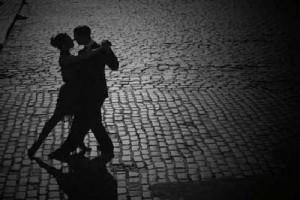
Tango in Buenos Aires
The presence of Tango emerged during the 1870s when a migration of approximately 6 million people, primarily from Europe, came to Argentina with a large percentage choosing Buenos Aires to start their new life. This lead to an era of great and rapid change for Buenos Aires as the city quickly became a cultural melting pot. People who moved to Buenos Aires arrived at the port, known as ¨La Boca¨, where many settled and found work and is why people from Buenos Aires have through history, being referred to as ¨porteños¨ (from the word port). In this Argentine port town, the Tango music was born and today, Tango is the only musical expression strongly related to the social history of porteños. In reality, tango is the cultural expression of the Rio de La Plata region which also includes the area from Rosario to Montevideo in Uruguay.
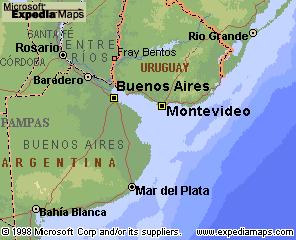
Region of Rio de La Plata
During this era and continuing on into the 20th century, a great deal of Argentines from the countryside also moved to Buenos Aires for greater opportunities in the economically-growing capital. Much of the countryside population had a great deal of African influence from the days of slave trade and therefore had a lot to offer in terms of music tradition and skill. Both the country people and European immigrants brought with them their music, musical instruments and dances. Afro-Argentinean steps and rhythms like the milonga started to mix with European music and choreography and what resulted over years was the Tango dance that for many years would keep evolving.
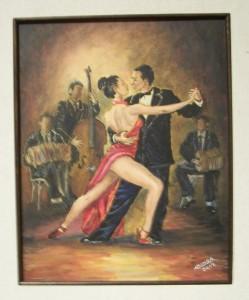
Tango couple
From this time on, leading figures of Tango (who are still extremely adored today) included the singer and songwriter Carlos Gardel and composers/performers like Francisco Canaro, Juan D’Arienzo, Osvaldo Pugliese, and Ástor Piazzolla.
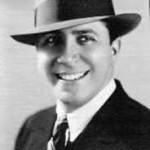
Carlos Gardel
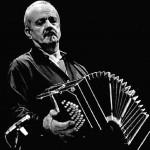
Astor Piazzolla
Between 1935 and 1952 was considered the Golden Era of Argentine Tango. Musicians developed better orchestras and cultivated poets joined the tango movement and lyrics became more elaborate. This was considered a sort of evolution, with its many changes and rich processes.
There are many different styles of Tango danced these days. To simplify, the two principal styles are Tango Para Export and Social Tango. Tango Para Export (or Tango Para Turistas), is what you see in the tango dinner shows and on the streets of Florida and San Telmo. It’s stage dancing by young people in slit skirts and fedoras, characterized by choreographed lifts, jumps, acrobatics, and extreme poses. Music by Piazzolla is the standard for tango shows.
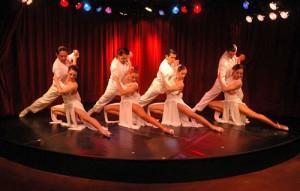
Tango show
The social tango is danced by the locals in the social dance halls, the milongas, of which there are more than 70 every week spread all over the city. Tango de salon, or tango milonguero (social tango) is characterized by improvisation, a very close embrace, musicality, small steps, connection, and elegance. Music of the 40s and 50s is usually played and really sets the scene for an old-worldly atmosphere. It’s fascinating to see a milonga in action, and a must-do experience for any visitor interested in tango, or the tango culture.
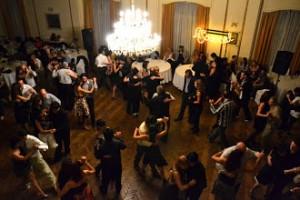
A milonga
Despite there being many more varieties of Tango dance, dancing appropriately to the emotion and speed of any tango music is extremely important. A good dancer is one who transmits a feeling of the music to the partner, leading them effectively throughout the dance. Also, dancers generally keep their feet close to the floor as they walk, the ankles and knees brushing as one leg passes the other.
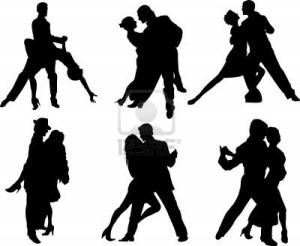
Various dance positions
The past two weeks saw the Buenos Aires Tango Championship where over half a million people participated and attended the rounds in different “milongas”, theaters, and cultural centers across the city. It was the celebration of a music and culture that is regarded as a hallmark of Buenos Aires around the world.
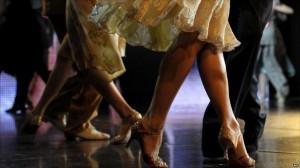
Shot from the Championship
If you are interested in learning to dance tango while in Buenos Aires, there are many ways to go about it. Fortunately, the majority of milongas (tango dance halls) which I will mention shortly also provide dance lessons for beginners before the locals start dancing around 11pm.
- Salon Canning http://www.visittangobuenosaires.com/Salon_Canning-sp.htm
- La Viruta http://www.lavirutatango.com/
- Confiteria Ideal http://www.confiteriaideal.com/milongas.php
- La Maldita http://www.timeout.com/buenos-aires/dance/venue/1%3A24966/la-maldita-milonga
- La Nacional http://www.lanacionaltango.com/#!milongas-*
Additionally to learning in a milonga, Expanish Spanish School offers free or low-cost private and group weekly dance classes and also group outings to milongas and shows.
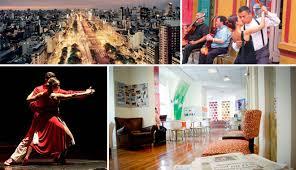
Tango at Expanish
Thirdly, the way that benefited me most are private lessons which let me dance at my own pace. There are numerous dance teachers in this city who all have their own individual style and different levels of tango instructing. I chose Cristian Castaño of Tango Piola, an incredible dancer and great instructor who got me to a level I am very happy with. Visit the website at tangopiola.com or Cristian through [email protected].
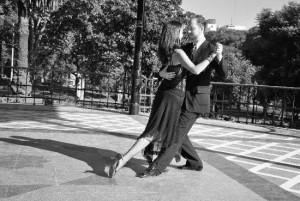
Cristian from Tango Piola
Enjoy your Tango experience in Buenos Aires!
